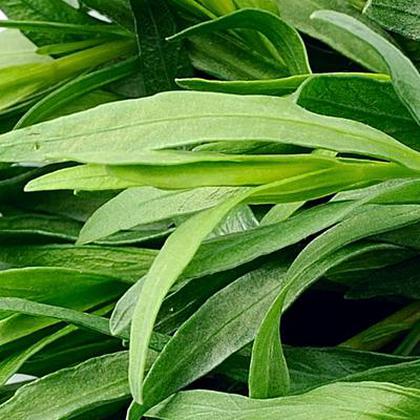Showing results for 'Tarragon'
close
Tarragon

Tarragon is a dried herb commonly used in cooking. It can be used either fresh or dried. It is one of the main herbs used in French cooking. It is one of the main components of Bernaise sauce. It pairs well with chicken, fish and egg dishes.
Tarragon Pairs With:
Food Item
Flavor Affinity Level

Did you know there are 313 food flavor pairings in my database for Tarragon available. What you are seeing above is a random list of 30 items which pair with Tarragon.
For the entire list, beautifully formatted, enter your email address and click the download button below, then I'll email it to you as a PDF.
Tarragon Properties:
| Food Property | Type | Description |
|---|---|---|
| Flavor Profile | Sweet | Tarragon has a slightly sweet flavor with hints of licorice. |
| Sour | Tarragon is not typically sour in taste. | |
| Bitter | Tarragon can have a subtle bitter undertone. | |
| Astringency | Tarragon is not known for its astringent properties. | |
| Spiciness | Tarragon is not spicy. | |
| Texture | Firmness | Tarragon leaves are firm and slightly crunchy. |
| Moisture | Tarragon leaves are relatively high in moisture content. | |
| Nutritional Value | Macronutrients | Tarragon is low in calories and carbohydrates but high in vitamins A and C. |
| Micronutrients | Tarragon contains micronutrients such as iron, calcium, and magnesium. | |
| Phytochemicals | Tarragon contains phytochemicals like antioxidants and flavonoids. | |
| Aroma | Volatile Compounds | Tarragon has a strong aroma due to volatile compounds such as estragole and limonene. |
| Chemical Composition | Acidity/Alkalinity (pH) | Tarragon is slightly acidic in nature. |
| Cooking Behavior | Heat Conductivity | Tarragon can withstand moderate heat during cooking. |
| Water Retention | Tarragon retains moisture well when cooked. | |
| Oil Absorption | Tarragon is not known for absorbing oil during cooking. |
Food Pairing App - Version 1.2.0
